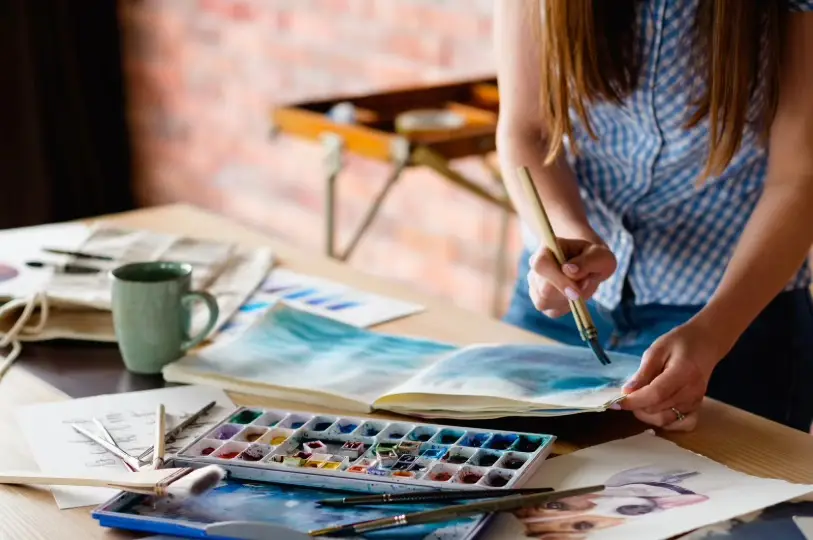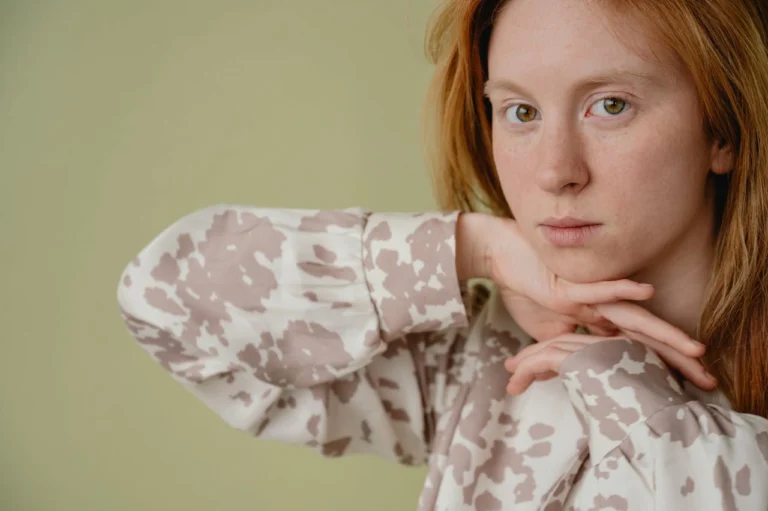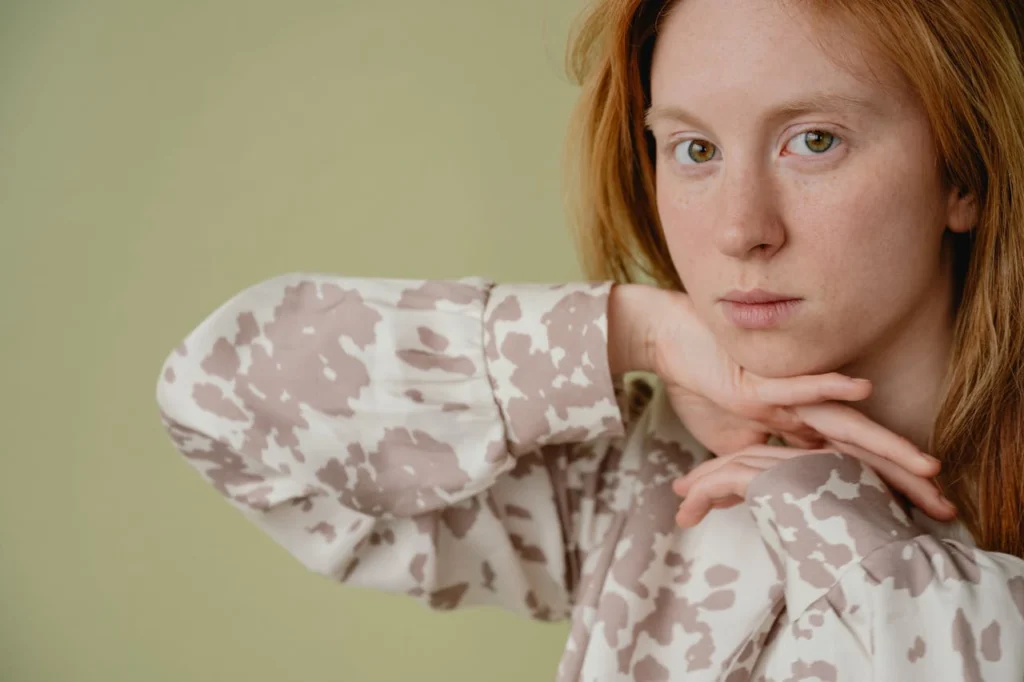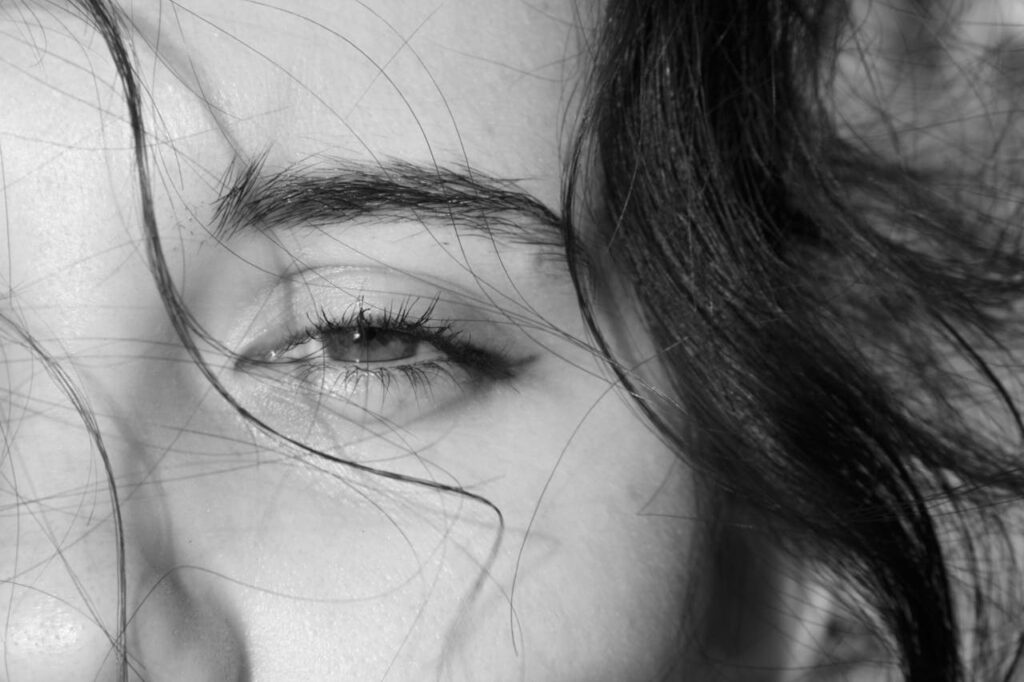Creative arts therapy is a specialized form of counseling that uses different art mediums to help people navigate emotional, mental, and social challenges. It blends creative expression with clinical techniques to nurture self-awareness, improve communication skills, and foster emotional healing.
Many individuals find it easier to express what they feel through art, music, dance, or drama rather than traditional talk therapy alone. This approach taps into the deep connection between creativity and human emotion, transforming artistic expression into a valuable therapeutic tool.
Below is a closer look at how creative arts therapy works, why it’s valuable for many different populations, and how it might fit into an overall plan for mental well-being.
The Foundations of Creative Arts Therapy
Creative arts therapy emerged as a way to integrate art-based activities into psychological interventions. Traditional psychotherapy often relies on verbal communication, but art forms can convey thoughts and emotions that might be hard to capture with words. The key premise is that creativity can serve as a pathway to greater self-understanding.
Therapists who practice creative arts therapy have backgrounds in mental health and also in a particular art modality. They learn how to guide clients in safely expressing their feelings through various art forms. This process supports personal growth and promotes a sense of well-being.
Different Types of Creative Arts Therapy
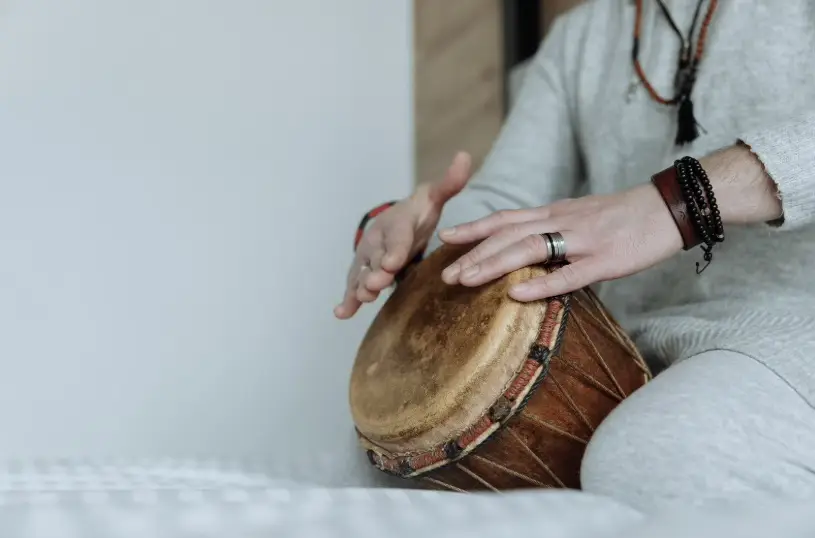
Creative arts therapy is an umbrella term that includes multiple modalities. Each approach engages the senses and the mind in a unique way, offering different paths toward healing and insight. The most common types include:
- Art Therapy: Uses drawing, painting, sculpting, or collage to help individuals express emotions and explore personal themes.
- Music Therapy: Incorporates listening, singing, songwriting, or instrumental play to boost mood, reduce stress, and improve emotional regulation.
- Dance/Movement Therapy: Focuses on body movement to release emotional blockages, enhance self-esteem, and foster better mind-body awareness.
- Drama Therapy: Uses storytelling, role-play, and improvisation to explore relationships, feelings, and challenging life events.
- Poetry/Bibliotherapy: Involves reading or writing poems and stories to process feelings and gain clarity about personal experiences.
Each modality shares the underlying principle that creativity can facilitate emotional release and personal growth. The chosen medium often depends on a person’s comfort level, interests, and therapeutic goals.
Who Can Benefit from Creative Arts Therapy?
Many individuals, children, teens, adults, and seniors, can benefit from creative arts therapy. It may be especially helpful for people who struggle to express their thoughts in conventional talk therapy sessions. Conditions and concerns that creative arts therapy may address include:
- Anxiety and Stress: Drawing or painting can serve as an outlet for overwhelming emotions.
- Depression: Creating music or writing poetry can help process sadness and bring renewed hope.
- Trauma and PTSD: Movement or drama therapy can offer nonverbal ways to confront and release buried emotions.
- Developmental and Learning Disabilities: Art projects can improve social skills, reduce frustration, and provide a positive outlet for self-expression.
- Chronic Pain or Illness: Music and art can reduce stress and create moments of relief from physical discomfort.
- Behavioral Issues in Children and Teens: Creative outlets can teach emotional regulation and build communication skills.
Beyond these contexts, creative arts therapy can serve anyone seeking personal growth, self-awareness, and a safe space for exploring their internal world. It’s an inviting, flexible approach that meets people where they are.
How Creative Arts Therapy Sessions Typically Work
Creative arts therapy sessions can happen one-on-one or in groups. The structure depends on the client’s needs, the therapist’s background, and the goals of therapy. Here’s what you can expect during a typical session:
- Check-In: The session starts with a brief conversation about how you’re feeling and any pressing issues or updates.
- Creative Exploration: The therapist introduces an art activity. This might involve painting, dance movements, or improvisational drama exercises. The specific approach will align with what feels comfortable and relevant to your goals.
- Reflection: The therapist guides you in talking about your creation or performance. You might explore the emotions that came up, the imagery used, or any insights that emerged during the activity.
- Integration: You and the therapist connect the art process to your personal life, relationships, or behavioral patterns. This phase helps translate creative insights into real-world strategies.
- Closing: The session ends with a short reflection on next steps or additional activities you might try at home.
Therapists might provide prompts, themes, or specific tasks. They also maintain a supportive space where there is no right or wrong way to create.
Common Techniques in Creative Arts Therapy
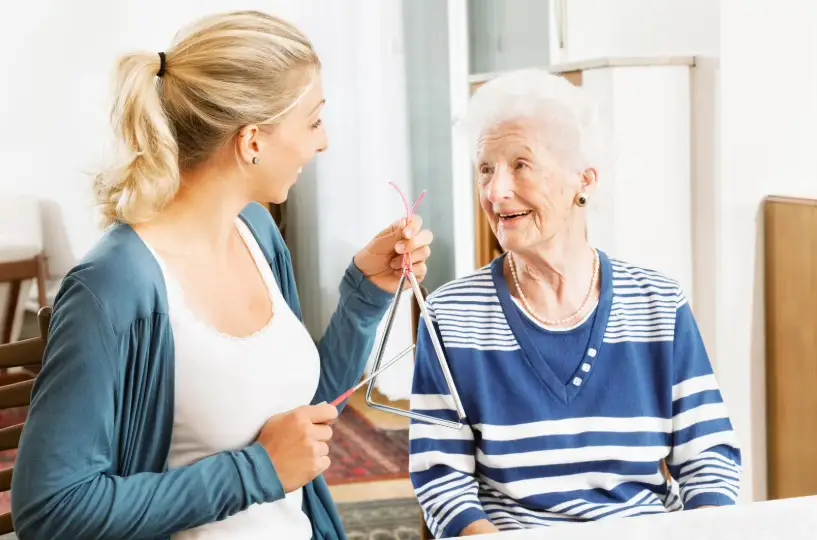
Creative arts therapists use a wide array of techniques to promote emotional expression, spark self-reflection, and nurture inner growth. These techniques often draw on familiar artistic practices:
- Guided Imagery: You might be asked to visualize a scene or memory and then paint or draw what you imagined.
- Musical Improvisation: The therapist could supply instruments and guide you to express your current mood through spontaneous sound.
- Movement Exploration: Simple dance steps or stretches might help you connect with your body’s sensations and reduce tension.
- Role-Playing: Acting out real-life scenarios can help you process difficult experiences and explore healthier ways of relating to others.
- Storytelling: You may create a narrative that symbolizes your experience. Telling this story can reveal hidden challenges or strengths.
These activities provide safe, contained opportunities to face difficult feelings. They also help build coping skills that transfer into everyday life.
The Therapeutic Value of Creative Expression
Creative expression offers unique benefits that complement traditional talk therapy. Through art, music, drama, or dance, people often uncover thoughts and emotions that are not immediately clear. This process can encourage self-discovery and deepen the therapeutic experience.
Many individuals find that creative expression helps them:
- Release Tension: Focusing on a dance movement or painting project can offer respite from daily stressors and anxiety.
- Gain Perspective: Looking at a completed piece of artwork or a recording of a music improvisation provides a tangible snapshot of emotional states.
- Boost Confidence: Accomplishing an art piece, choreography, or a script can strengthen self-esteem and a sense of achievement.
- Develop Communication Skills: Using art to share personal stories can help people express themselves more effectively in relationships.
- Experience Emotional Safety: Creative activities can reduce the pressure to find the “right words,” allowing complex feelings to surface without judgment.
These outcomes highlight why creative arts therapy has grown in popularity among mental health providers. The process can address a range of issues, from everyday worries to deeper emotional wounds.
How to Get Started with Creative Arts Therapy
If you’re curious about creative arts therapy, there are a few simple steps you can take to get started:
- Reflect on Your Interests: Ask yourself which art form you feel drawn to. Some people naturally connect with painting, while others might feel more comfortable with movement or music.
- Explore Qualified Therapists: Look for a mental health professional who has formal training in creative arts therapy. They usually have credentials or specialized education in their chosen modality.
- Ask Questions: Before beginning therapy, speak with the therapist about their approach. Ask how sessions are structured and what you can expect to gain from this type of therapy.
- Be Open to Experimentation: You don’t need any special talent or background. Simply stay open to the process and allow yourself to explore.
- Set Realistic Goals: Think about what you hope to achieve through therapy. It could be stress relief, better self-awareness, or a new way to process traumatic memories.
Creative arts therapy can look different from person to person. Sessions will often be tailored to the issues you want to address, and there’s space for experimentation. You might try several different modalities before discovering the one that resonates with you the most.
Begin Your Journey to Healing with Creative Arts Therapy
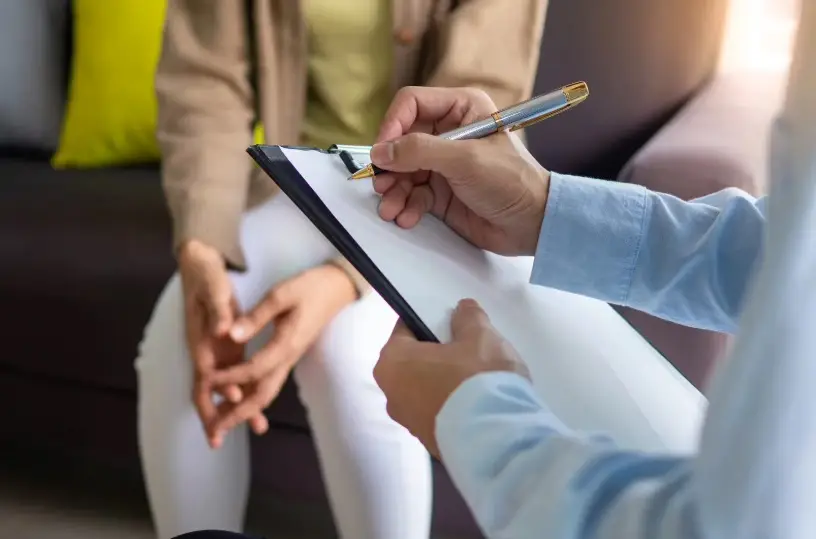
Rediscovering your inner creativity can spark insights and growth in ways you might not anticipate. It’s a path toward healing that blends artful exploration and meaningful emotional support. We would love to help you explore these possibilities and craft a therapeutic journey that speaks to your unique goals.
Integrative Creative Therapy offers in-person sessions in Austin, TX, plus online services throughout Texas and New York. We welcome anyone seeking a genuine, creative way to work through life’s challenges. Our team is ready to guide you in connecting with the transformative potential of art, music, drama, and movement.
Reach out to our team at Integrative Creative Therapy at (512) 993-5856 anytime for a conversation about how our approach might fit with where you are in life. We look forward to joining you on your journey toward greater well-being.

